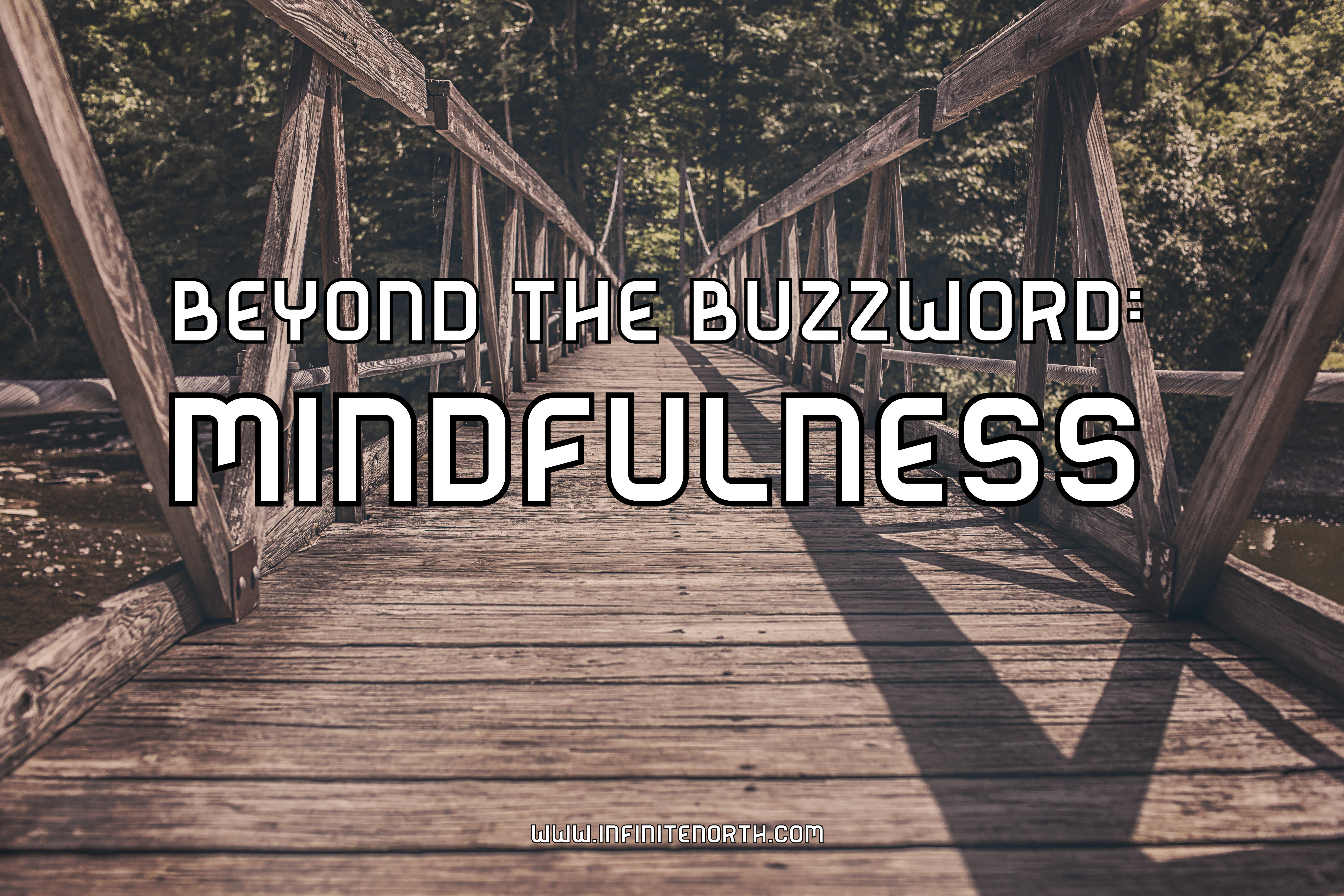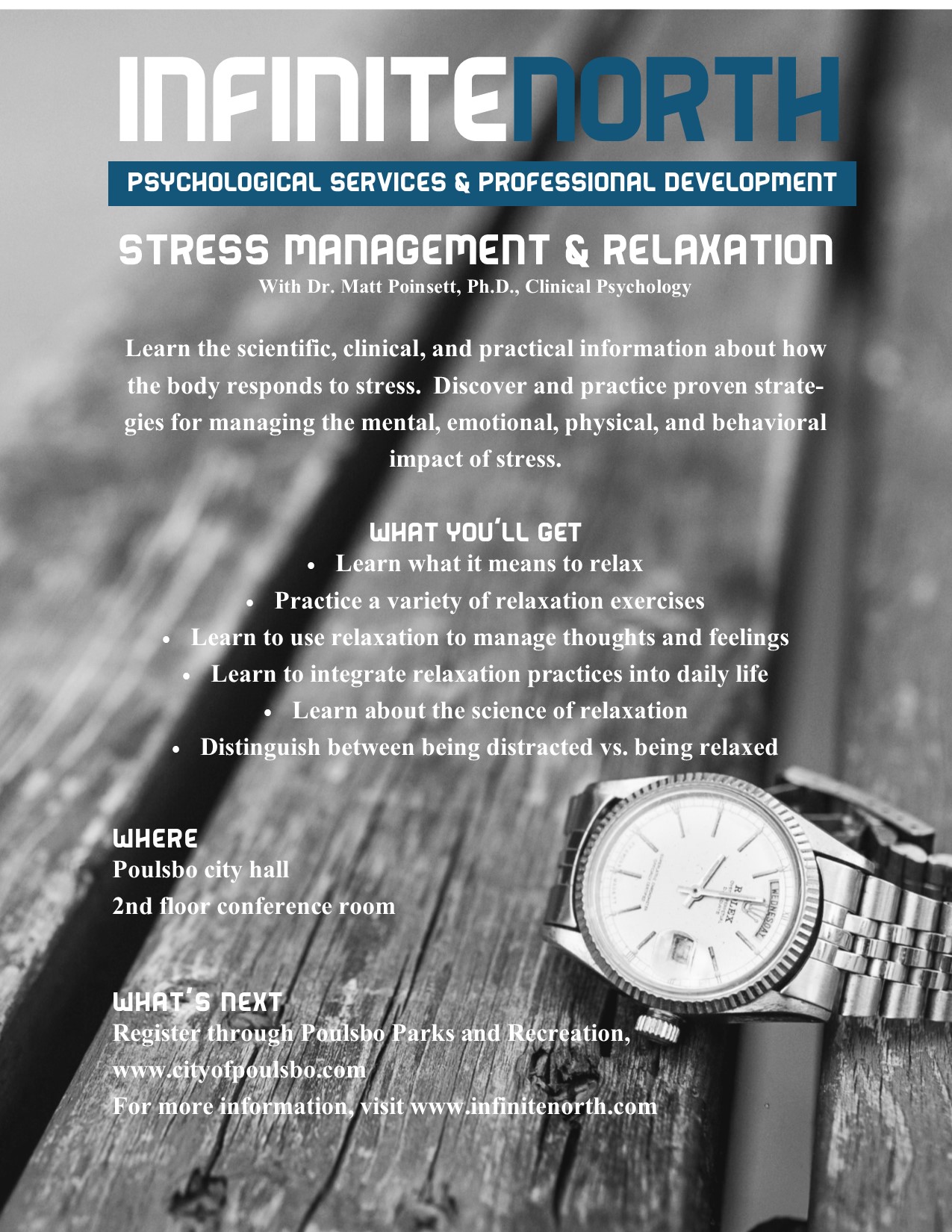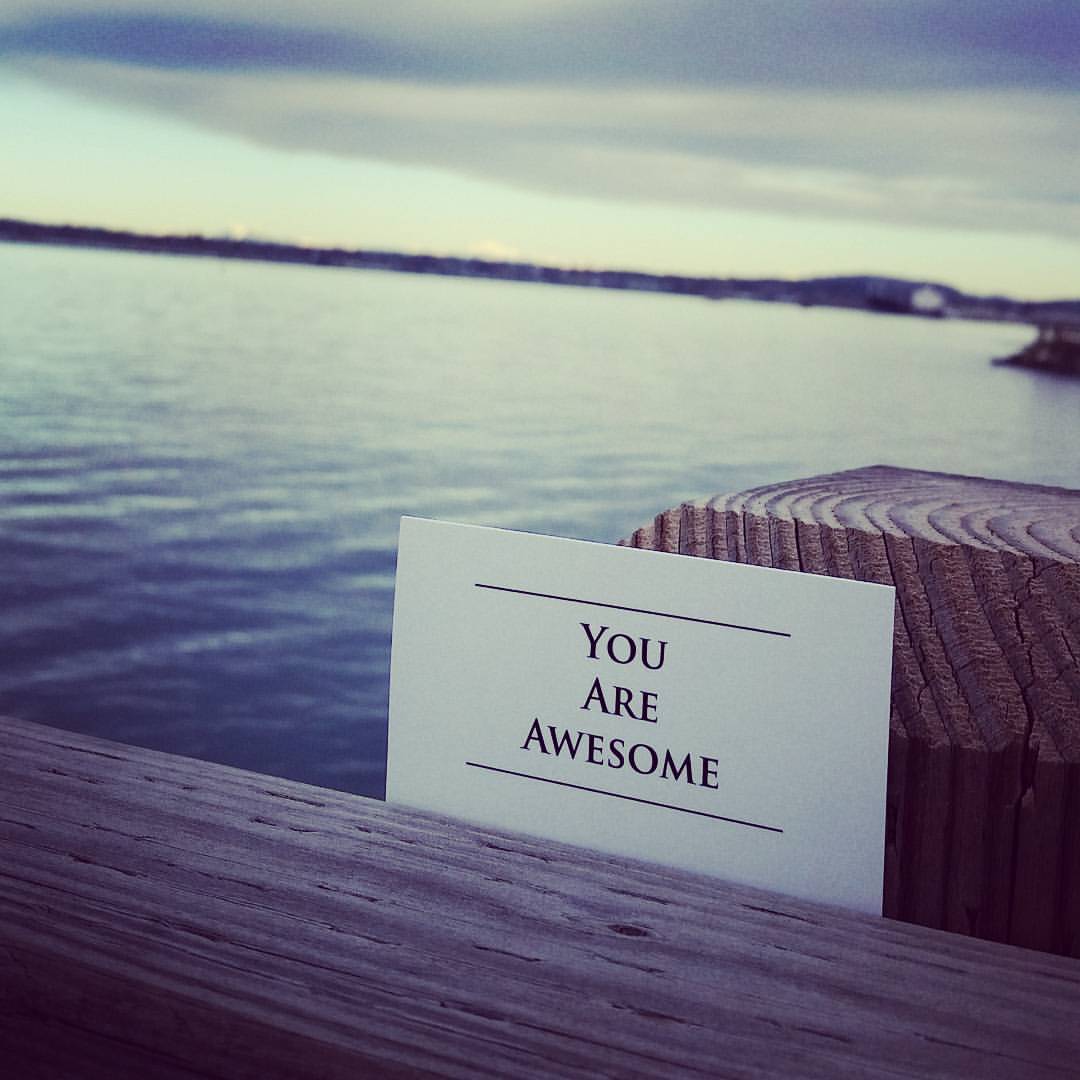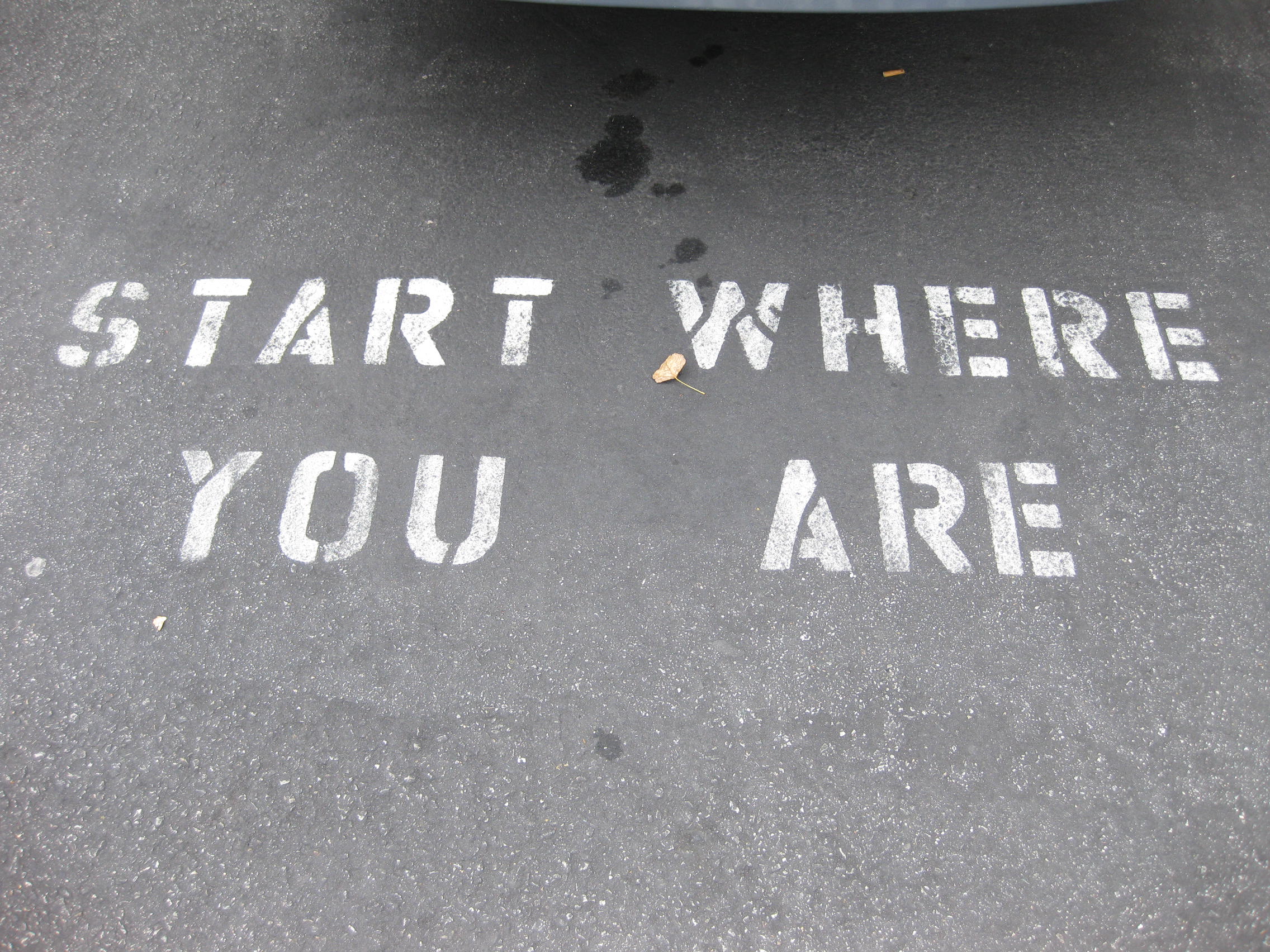Mindfulness has become popularized in the last several years. With the explosion of yoga for physical fitness and increased use in psychotherapeutic interventions, mindfulness has become commonplace. But what does it mean? Does the CEO prompting his employees to be mindful mean the same thing as the instructor of the hot yoga class you take on Saturday morning? Does being a mindful parent create different outcomes than the mindfulness taught in schools? Do you have to meditate or chant “ohm” to be mindful? Can you be mad, stressed, scared, and overwhelmed and still be mindful?
Anyone can be mindful and they can do it whenever they want. I’ll try to simplify as much as I can while explaining mindfulness in a way that goes well beyond the buzzword and the image of the meditating yogi. Boiling it down to a single sentence, it looks like this:
Mindfulness is the ability to control attention, non-judgmentally, in the present moment.
Now, let me unpack those three primary components.
1. Controlling Attention: This does not equate to controlling specific thoughts or emotions. Controlling attention involves the ability to focus and refocus with intention. It’s the ability to recognize the thoughts, emotions, and sensations as they happen then choose what you focus on and how you pay attention it. Our mind, left to its own devices, wanders. That’s normal; that’s to be expected. Through some consistent effort, we can improve our ability to maintain focus and be more mindful.
2. Acceptance: This is the opposite of judgement. Observing our thoughts, emotions, and sensations without evaluating or passing judgement is often a major paradigm shift in terms of how we interact with our experiences. Being genuinely mindful requires the practice of compassionate observation. Judging experiences as “good” or “bad”, sorting thoughts into “should be having” and “shouldn’t be having”, or delineating emotions into “strong” and “weak”, only serves to distance us from the reality of the experience. This lack of acceptance creates some inherent discomfort. By observing and accepting our internal and external experiences without judgment, we can engage without the self-created (and unnecessary burden) of “right” and “wrong”, allowing us to be a bit more comfortable and make more room for joy.
3. Remaining Present: We experience more than enough in any given moment to safely let go of the past and stay out of the future without fear of being bored or unfulfilled. However, to be content in the present moment requires the previous two skills. Without the ability to control attention, the present moment can quickly become overwhelming. Without acceptance, the present moment can be unbearably uncomfortable due to the incessant judgment. Ultimately our experience is the accumulation of single moments, so being able to engage with each moment will lead to a more fulfilling experience.
At any time, you can apply these three basic components in order to effectively practice mindfulness. While you do the dishes, pay attention to how the water feels on your skin, or the sound of the water as you rinse the dishes. Do that without judging the feelings or evaluating the sound and BOOM! You were just mindful. Sitting in traffic? Notice your thoughts, imagine them drifting through your head, and allow them to be there. BOOM! You did it again. You were mindful. It’s as simple as that.
Go. Be mindful. Let me know how it goes.









